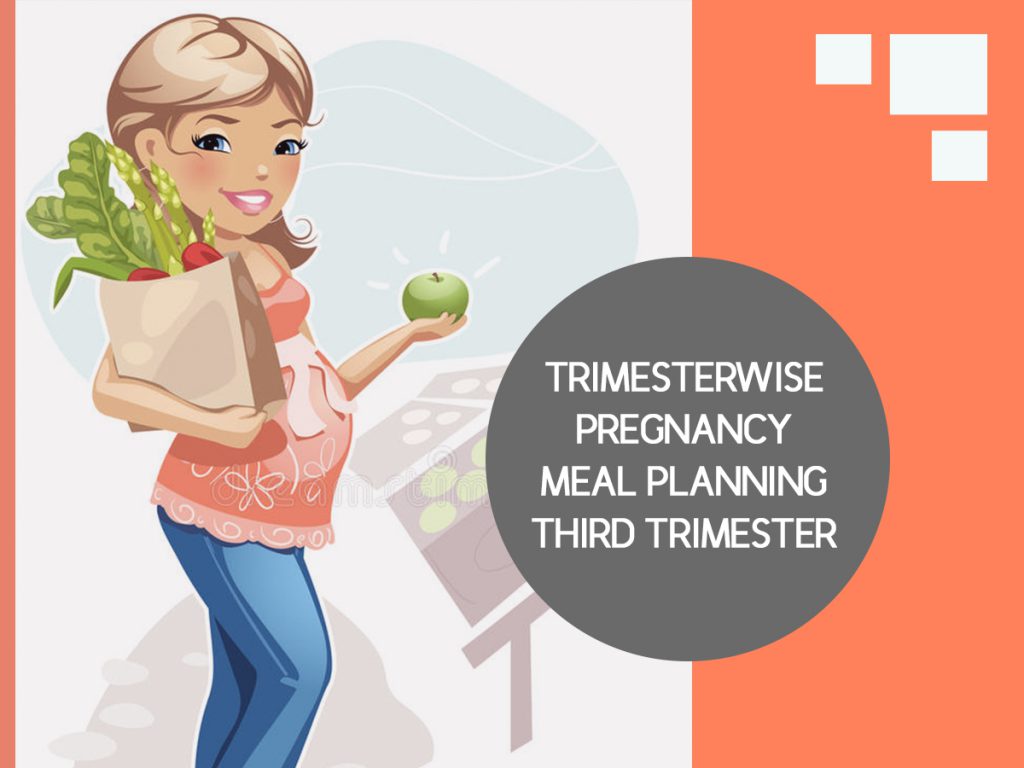
The Third Trimester is the final stage of pregnancy during which your baby grows at a faster rate. All organs, brain, eyes, ears, lungs, bones etc. develop more rapidly and for this, the nutritional needs of your baby also increase. You have to concentrate on eating a healthy and balanced diet. A wholesome diet will help meet the extra nutritional needs of your baby.

In this last stage of pregnancy, heartburn and indigestion may occur but these issues don’t last long in most pregnant women. If you do happen to be affected, you can opt for small but frequent meals. Normally, during the last trimester, a woman needs around 350 calories more. So, now, you should include foods that contain the following:
Calcium: Is needed for bone development of the baby.

You can include the following foods in your diet.
- Low fat Milk
- Cheese
- Low fat Yoghurt/ Curd
- Green Leafy Vegetables
- Ragi
- Horsegram
- Okra
- Fortified Orange Juice
- Fortified Soya Milk
- Unsalted Almonds
- Sesame Seeds
- Tofu
Iron:

As the volume of blood increases during pregnancy, the demand of iron also increases. Moreover, the developing baby starts storing iron for further development. Some important iron-rich foods which you can include in your third trimester meal chart are:
- Leafy Green Vegetables
- Grains like pearl millet(bajra), finger millet(ragi) etc
- Legumes like Bengal gram, moth beans, horse gram etc
- Poultry and egg
Vitamin A:
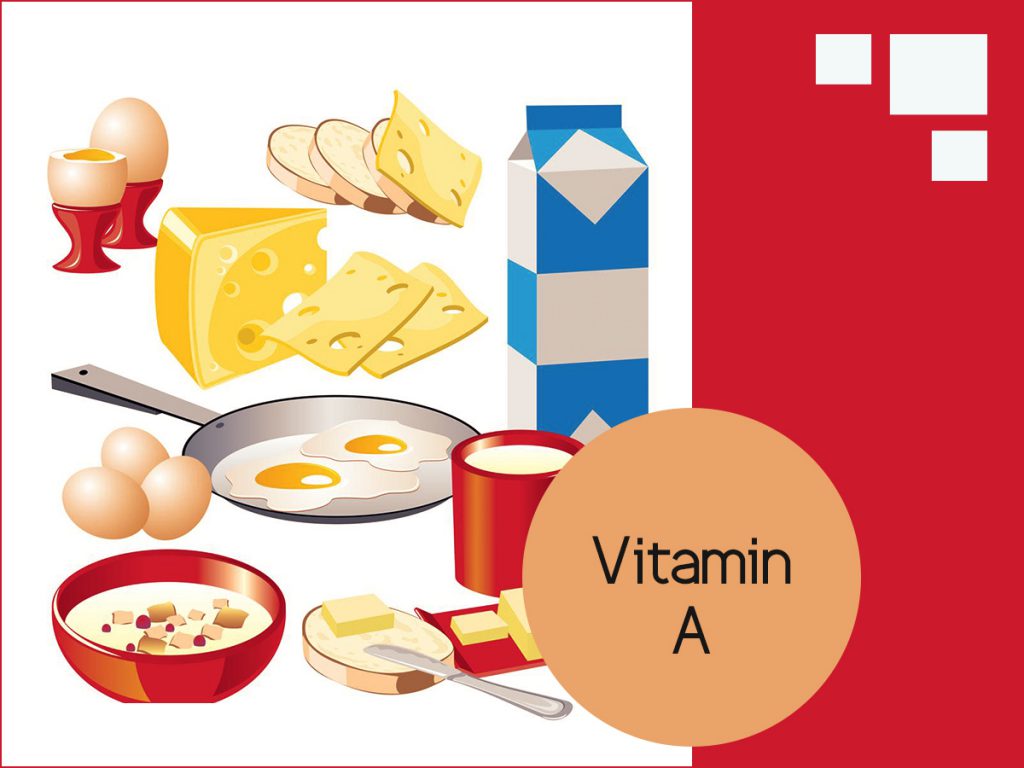
Vitamin A is essential as the mother’s intake is a determinant of vitamin A status of the baby. Even after delivery, baby depends on breast milk for vitamin A so adequate intake is necessary.
- Dairy Products
- Eggs
- Yellow to dark orange coloured vegetables and fruits
Selenium:

One of the minerals necessary during the third trimester, Selenium acts as an antioxidant to fight against free radicals. This mineral may be helpful in making the lungs of the baby healthy. Some of the healthy food sources of selenium are:
- Seafood
- Meat
- Poultry and egg
- Certain Cereals and millets
Some Important Things to Remember During the Third Trimester

- Keep yourself hydrated by drinking plenty of water.
- Eat snacks that are healthy and try to avoid foods like cakes, biscuits and chocolates in which sugar content is higher.
- Have lots of vegetables and fruits.
- Choose dairy products that are low in fat.
- Have different types of starchy foods like whole grain cereals, millets, potatoes, bread, rice, pasta etc.
- Choose protein-rich foods such as beans, nuts, lentils, eggs, fish, soya, poultry etc.

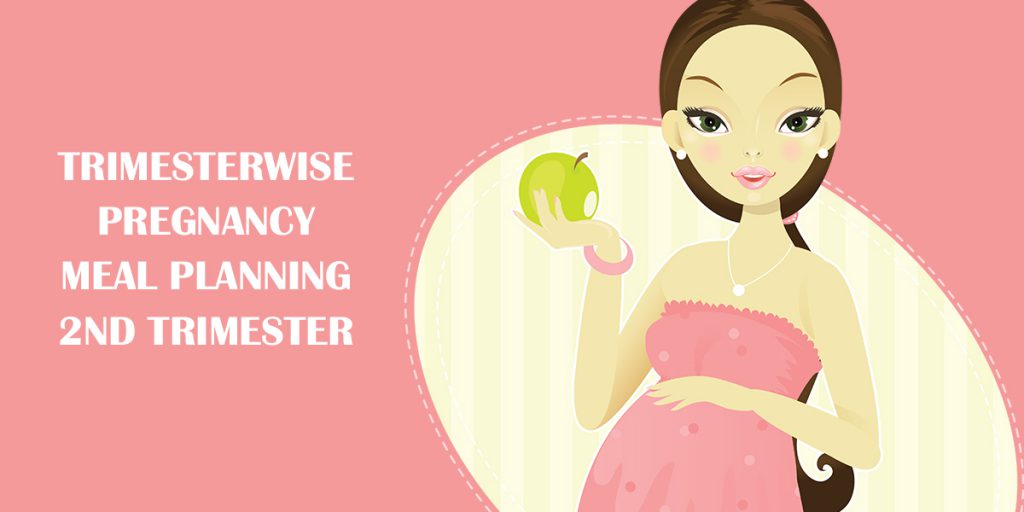

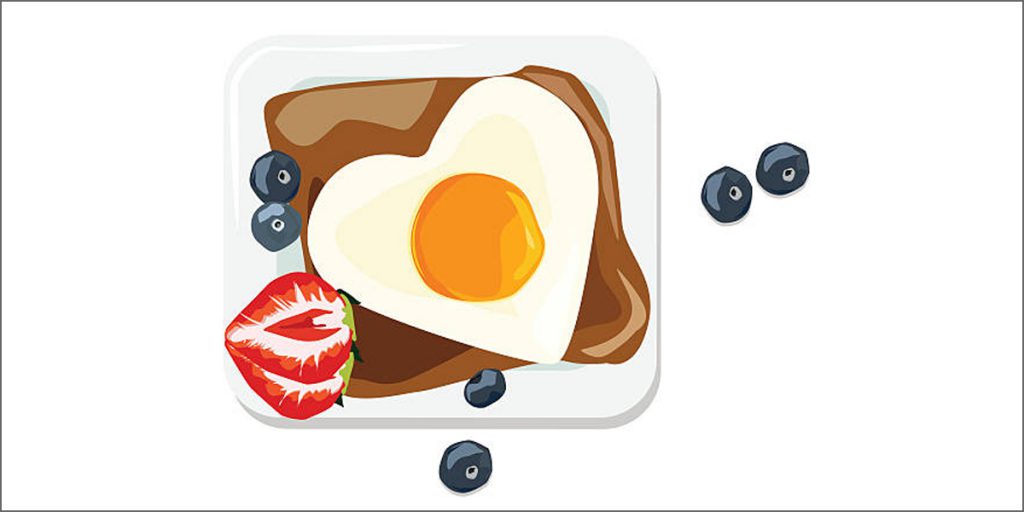
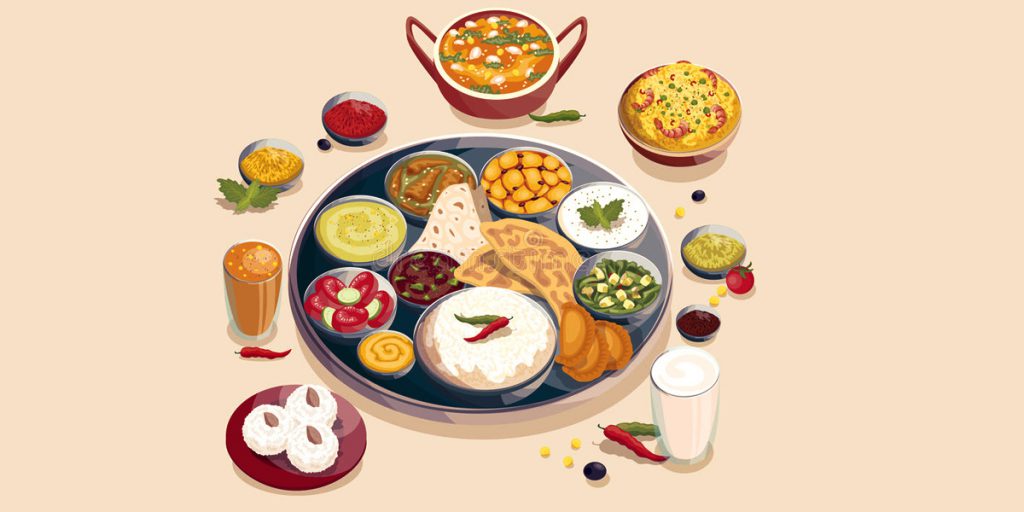
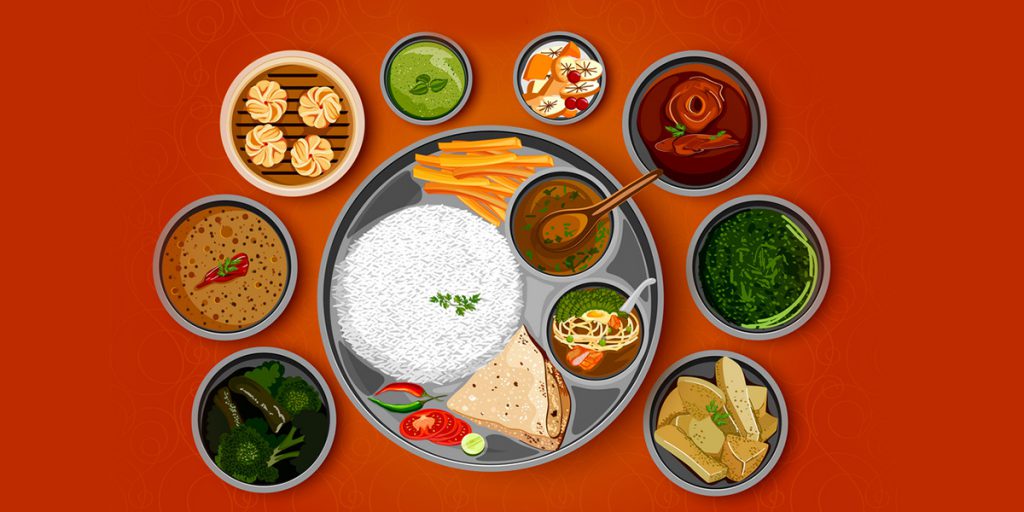
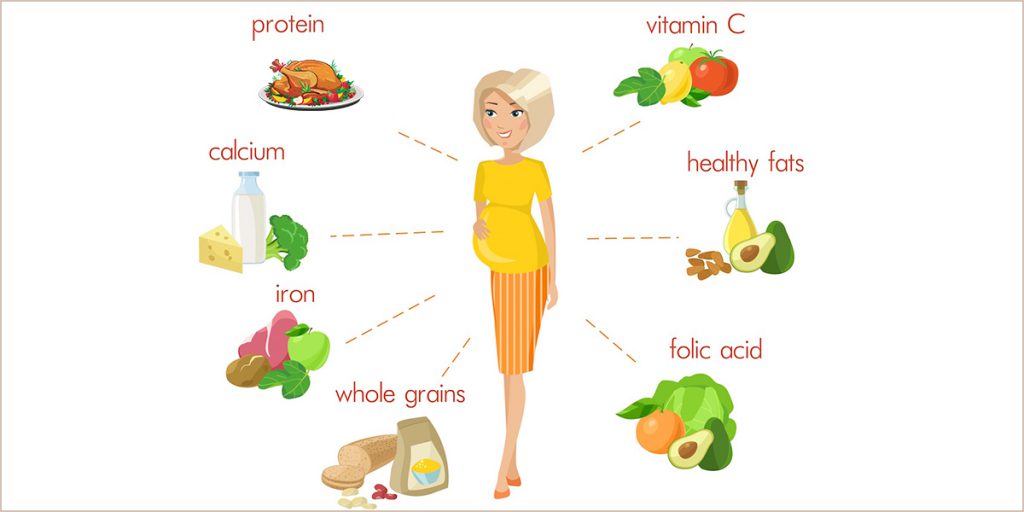
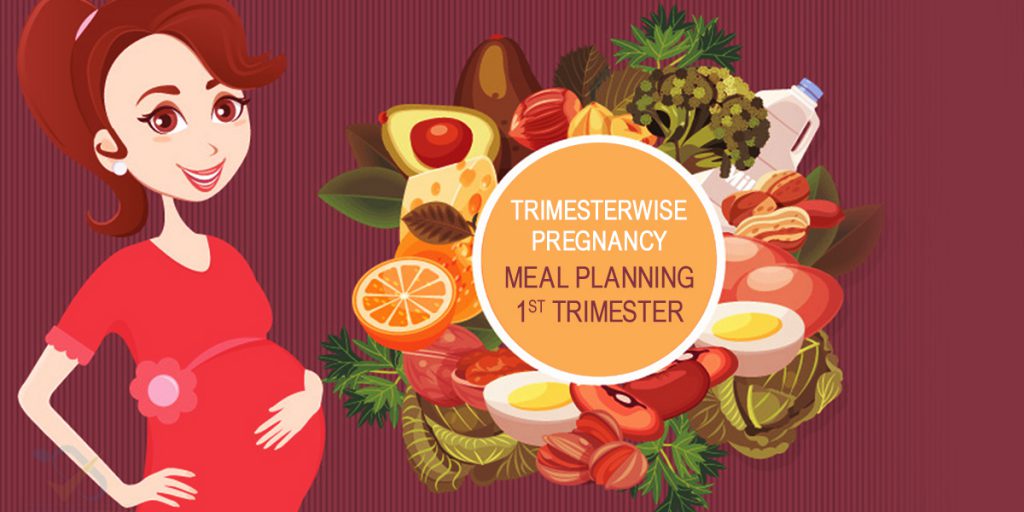

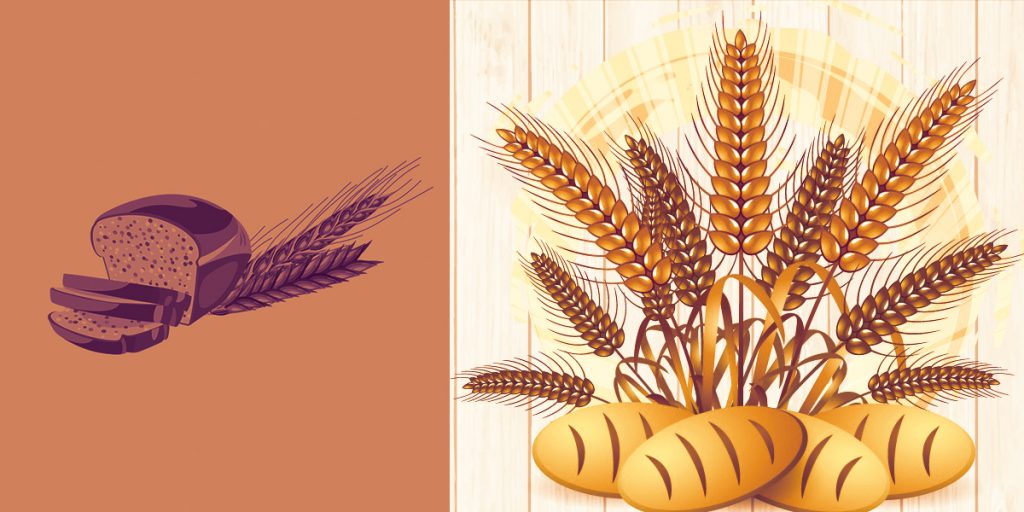


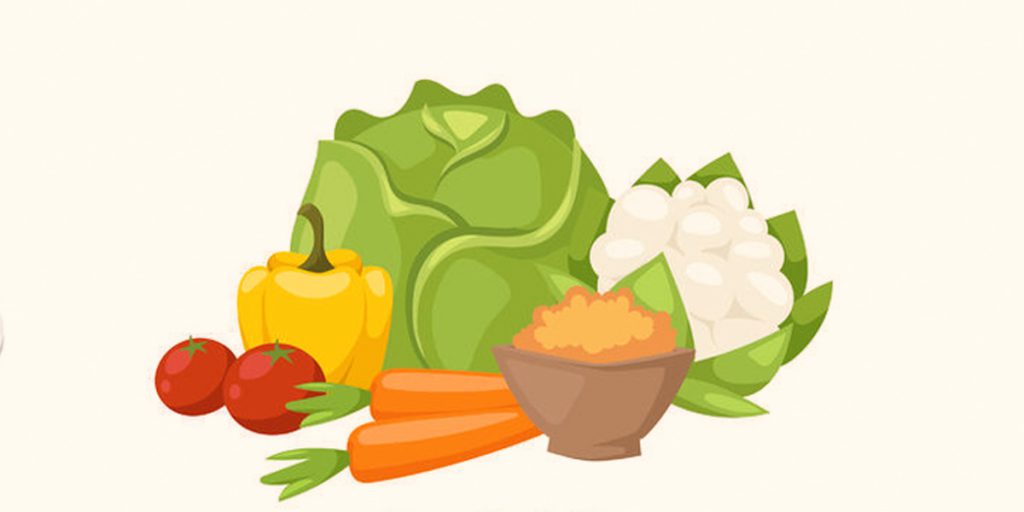
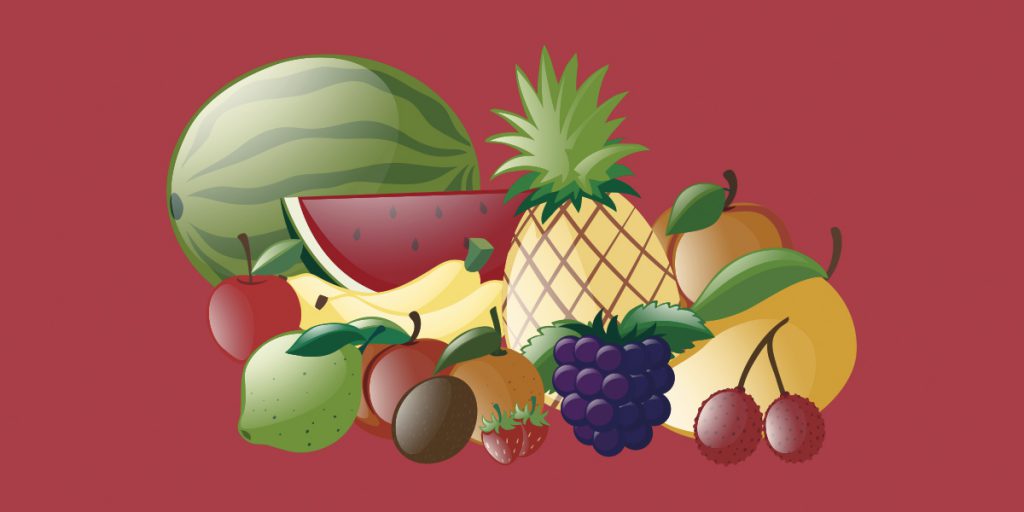





 Molar pregnancy is part of the spectrum of diseases known as trophoblastic disease. A normal pregnancy consists of the fetus or developing baby and the placenta which is made of trophoblasts. A molar pregnancy (also called hydatidiform mole) is an abnormal overgrowth of the placenta caused by an imbalance in the number of chromosomes supplied from the mother and the father.
Molar pregnancy is part of the spectrum of diseases known as trophoblastic disease. A normal pregnancy consists of the fetus or developing baby and the placenta which is made of trophoblasts. A molar pregnancy (also called hydatidiform mole) is an abnormal overgrowth of the placenta caused by an imbalance in the number of chromosomes supplied from the mother and the father.








